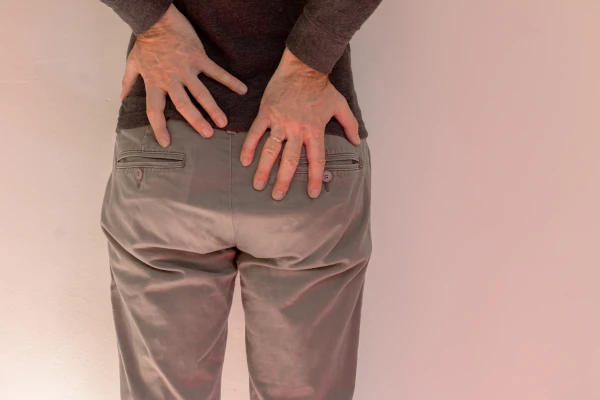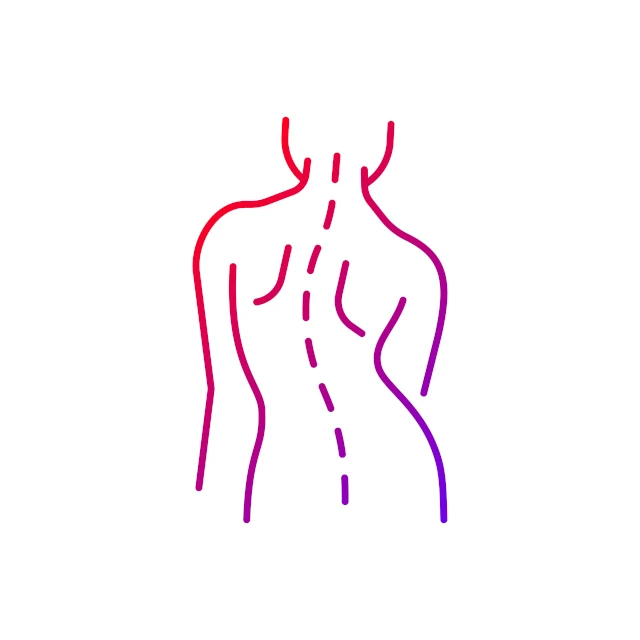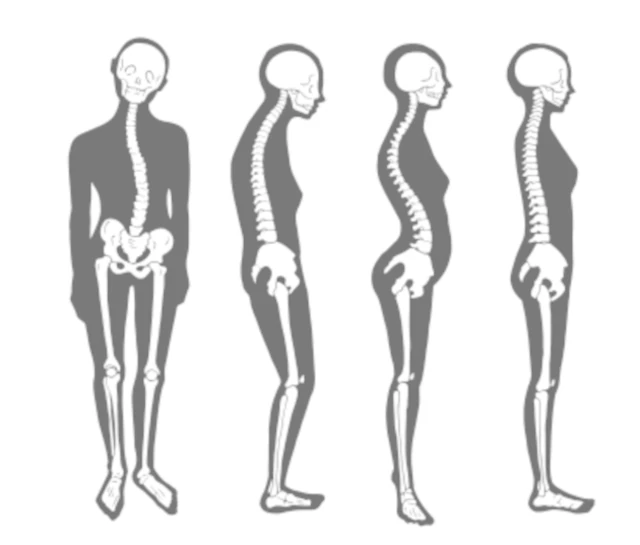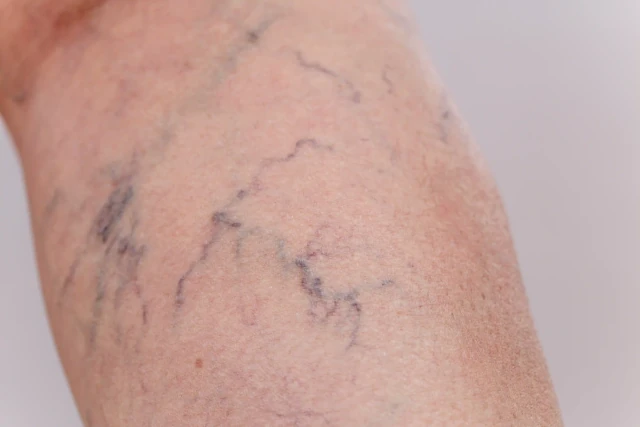
Natural Sciatica Relief at Home: Home Remedies, Sleeping Positions & Easy Stretches That Work
- Dr. Deepika Rai (MPT)
Connect with our expert physiotherapist for personalized physiotherapy advice.
Experiencing sciatica pain can disrupt your sleep, limit your mobility, and reduce your quality of life. This nerve pain typically radiates from the lower back through the hips and down one leg, making everyday tasks painful. Fortunately, there are effective home remedies and physiotherapy exercises that offer fast, natural relief. In this blog, you will discover the best sleeping positions, pillow techniques, and stretches that work for managing sciatica from the comfort of your home.
What is Sciatica and Why Does It Hurt?
Sciatica is pain caused by irritation or compression of the sciatic nerve—one of the largest nerves in the body. The most common causes include herniated discs, spinal stenosis, or piriformis syndrome. The nerve pain can feel sharp, shooting, or burning and often worsens with prolonged sitting or sudden movements.
Top Symptoms of Sciatica
- Radiating pain down the leg, often on one side
- Numbness or tingling in the foot or toes
- Weakness in the affected leg
- Difficulty standing for long periods
- Pain that worsens with coughing, sneezing, or bending
Best Sleeping Positions for Sciatica Relief
- Side Sleeping with a Pillow Between Knees:
This keeps your spine aligned and reduces nerve tension.
- Sleeping on Your Back with a Pillow Under Knees:
Helps reduce lumbar stress and maintains a neutral curve.
- Avoid Sleeping on the Stomach:
This can increase strain on the lower back and worsen symptoms.
Best Pillow and Mattress Tips for Sciatica
- Use a memory foam or orthopedic pillow that supports the neck and maintains spinal alignment.
- Consider a medium-firm mattress for optimal lumbar support.
- Knee wedge pillows or full-body pillows can reduce hip rotation and sciatic nerve tension.
Effective Home Remedies and Exercises
- Piriformis Stretch:
Helps reduce pressure on the sciatic nerve near the hip.
- Hamstring Stretch:
Loosens tight muscles that may aggravate nerve roots.
- Pelvic Tilts & Bridges:
Strengthen the core and lower back muscles.
- Foam Rolling:
Use on glutes, thighs, and lower back to release soft tissue tension.
- Heat and Ice Therapy:
Ice for inflammation (first 48 hours), heat for chronic tightness.
- Nerve Flossing/Gliding:
Gentle leg movements improve sciatic nerve mobility.
Postural Corrections & Activity Tips
- Use lumbar support while sitting for long durations.
- Avoid prolonged bending or lifting heavy objects incorrectly.
- Alternate between sitting, standing, and gentle walking to keep the spine active.
- Stay active with low-impact movements like walking or swimming.
When to See a Physiotherapist
If your sciatica symptoms persist beyond a few weeks or worsen despite home treatment, it’s time to consult a physiotherapist. Warning signs include:
- Loss of bowel or bladder control
- Progressive leg weakness
- Severe, non-relieving night pain
Conclusion
Managing sciatica pain naturally is possible with the right home strategies. From posture-friendly sleeping positions and supportive pillows to gentle stretches and strengthening exercises, you can take charge of your recovery. Consistency is key. If symptoms persist, seek personalized care from a certified physiotherapist.
Learn more about sciatica and evidence-based treatment options from the NHS website.
Connect with our expert physiotherapist for personalized physiotherapy advice.



